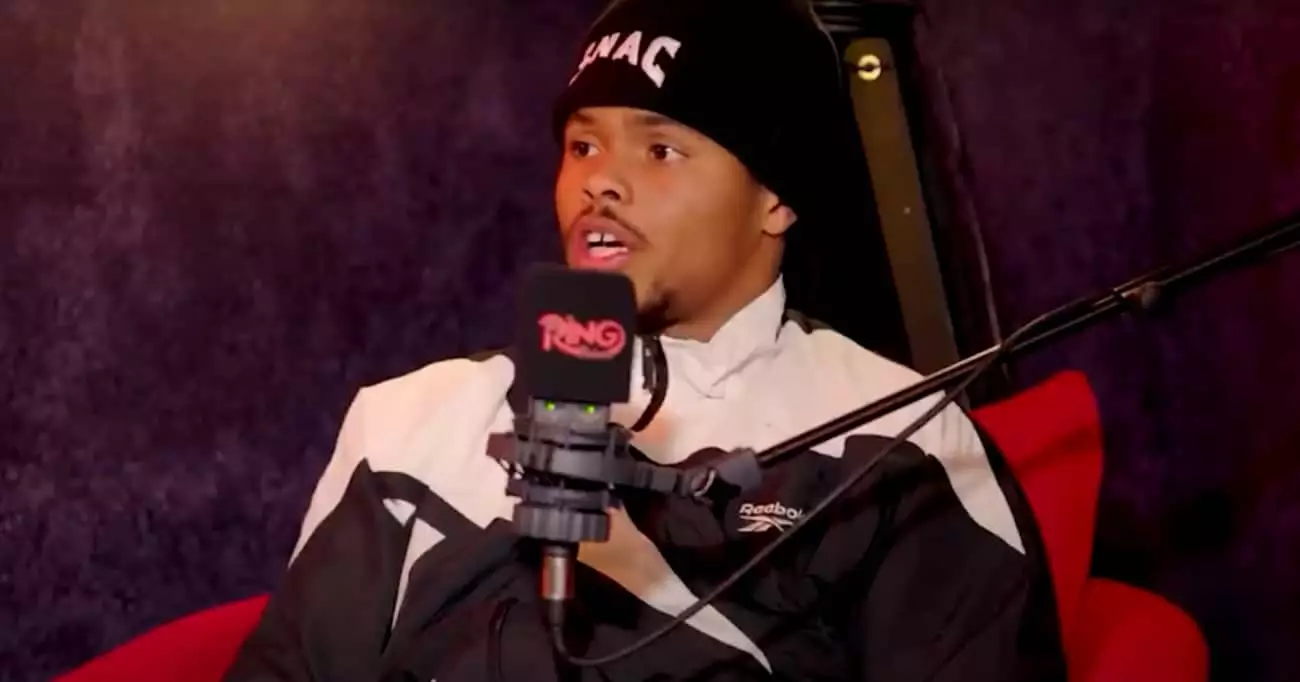In the realm of professional boxing, predictions often hinge on a fighter’s technical style, mental acuity, and adaptability. When Shakur Stevenson confidently states that Terence Crawford has the potential to beat Canelo Alvarez, he’s reflecting more than mere speculation—he’s analyzing deeper stylistic matchups and the evolution of fighters’ careers. Stevenson’s insight underscores the importance of fighting style in determining outcomes, especially against a versatile fighter like Canelo. While Canelo’s combination of power, technical skill, and experience makes him a formidable opponent, Stevenson’s belief points toward a pivotal weakness—his struggles against southpaw fighters.
The southpaw stance has historically posed difficulties for orthodox fighters, and Canelo’s recent stumble against John Ryder laid bare this vulnerability. Ryder’s southpaw stance complicated Canelo’s rhythm and defensive reads, providing a blueprint of sorts. Stevenson suggests that Crawford, a switch-hitter with a preference for the southpaw stance, could capitalize on this weakness. A sustained southpaw stance could frustrate Canelo, allowing Crawford to exploit openings and counterattack with precision. This strategic angle bolsters the argument that Crawford’s unique fighting style might be the catalyst that gives him an edge.
Weight Classes and the Problem of Power
However, predicting victory isn’t solely about fighting style; physicality plays an undeniable role. Crawford’s move to 154 pounds revealed underlying concerns about his power relative to bigger punchers at 168. His loss to Israil Madrimov demonstrated that, despite his skill, Crawford’s physical dominance diminishes as the weight class increases. This suggests that while stylistic advantages exist, they might be nullified if Crawford cannot match Canelo’s punching power and durability at super middleweight.
The absence of a proper tune-up fight before facing Canelo may have compounded these issues. Crawford’s decision not to test the waters further at 168 could be a calculated risk—perhaps an optimistic belief in his ability to overcome strength disadvantages or a gamble that his technical skills will prevail. Still, it remains uncertain whether he can sustain his effectiveness against a larger, stronger Canelo who has proven to be resilient and capable of taking hits at this weight. The clash between strategy and raw power is virtually unavoidable when analyzing such high-stakes matchups.
Why Canelo’s Style Might Not Be Enough
Stevenson’s remarks aren’t simply optimistic hype—they challenge the current perception of Canelo as an unstoppable force. His recent difficulty with Ryder signaled that Canelo’s usual dominance can be disrupted, especially by fighters who share his weakness against southpaws. Going deeper, Canelo’s reliance on his particular stance and aggressive pressure may be a vulnerability he cannot easily overcome if faced with a southpaw who can counter and maneuver fluidly.
Crawford’s proven ability to adapt mid-fight, combined with his underrated boxing IQ, might mean he isn’t just a southpaw—he’s a stylistic nightmare for Canelo. If Crawford employs his switch-hitting tactics strategically, unorthodox angles could overwhelm Canelo’s defensive rhythms and force mistakes. The bigger question is whether Crawford’s own limitations in power at higher weight classes will impede his ability to put Canelo down when it counts.
Ultimately, the fight will showcase whether technical finesse and tactical intelligence can outweigh brute strength and tenacity. Stevenson’s prophetic confidence hints that we are unlikely to witness a straightforward contest but rather a compelling chess match where style and mental grit could decide the victor.


Leave a Reply